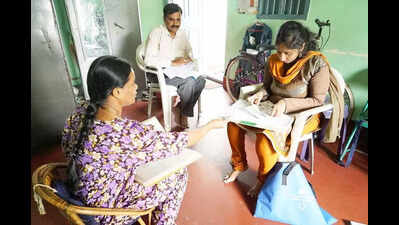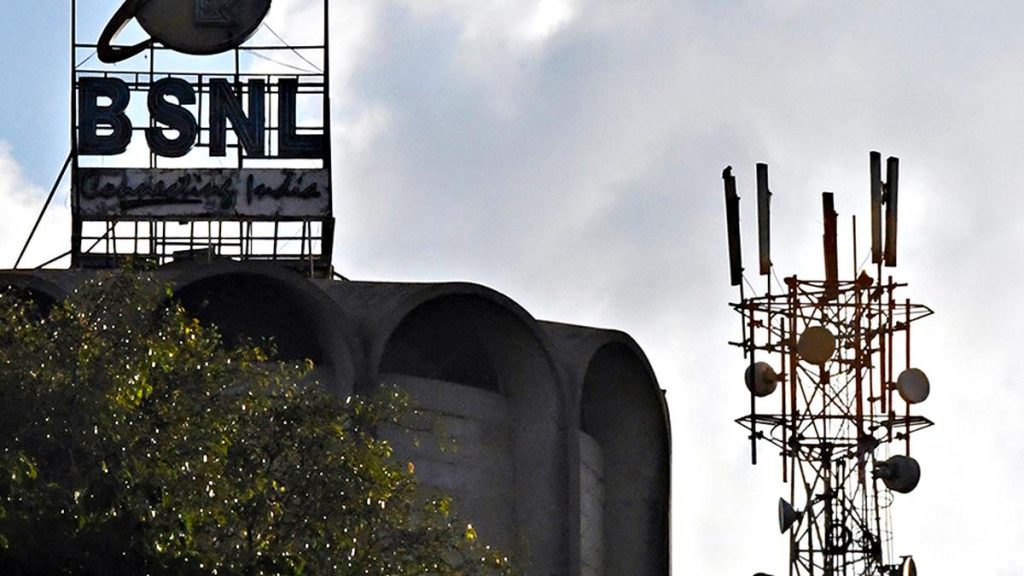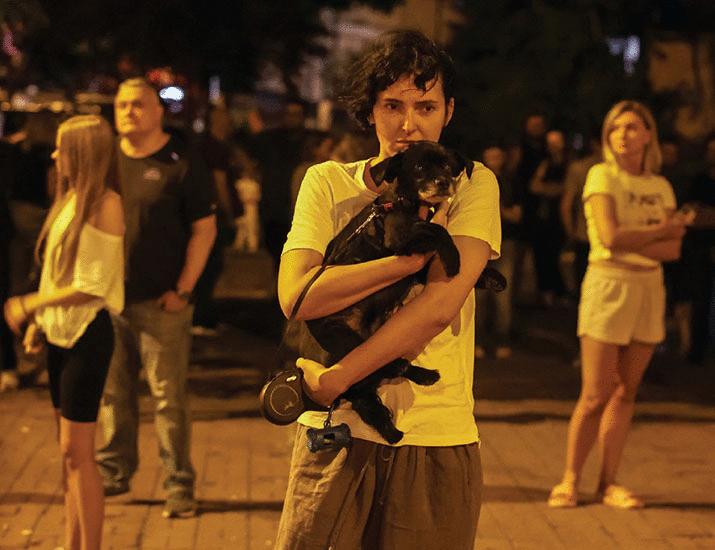Now Reading: Survey of Scheduled Castes Faces Hurdles Amid Awareness Gaps
-
01
Survey of Scheduled Castes Faces Hurdles Amid Awareness Gaps
Survey of Scheduled Castes Faces Hurdles Amid Awareness Gaps

### Quick Summary
– Field workers conducting caste-based enumeration of Scheduled Castes (SCs) in Bengaluru are facing challenges, spending considerable time at SC households compared to non-SC households.
– Technical difficulties wiht the mobile application and heavy rains over the past weeks have further complicated the survey process.
– The survey, overseen by the justice HN Nagamohan Das committee, aims to allocate internal reservations for SCs.
– Manny citizens lack awareness about the purpose of the survey, with apartment associations failing to communicate its intent effectively.
– enumerators reported cases of hostility from some non-SC households and difficulties accessing locked houses during working hours.
– To address gaps in enumeration efforts, online self-declaration options will be available for families unable to participate directly in person during earlier phases.
– Challenges in recruiting skilled teachers for data collection led to appointing anganwadi workers and ASHA graduates as enumerators after discussions among stakeholders last week.- As of May 15,55,027 SC families and 13 lakh non-SC families have been surveyed.

[Read More](https://timesofindia.indiatimes.com/city/bengaluru/survey-of-scheduled-castes-lack-of-awareness-poses-challenge-for-enumerators/articleshow/121252529.cms)
—
### Indian Opinion Analysis
The caste-based enumeration project spearheaded by Bangalore’s BBMP under Justice HN Nagamohan Das represents a significant step toward addressing systemic depiction issues within Scheduled Castes through internal reservation initiatives. However, logistical hurdles-ranging from infrastructural constraints like ineffective communication channels within apartment complexes to technical flaws in software-highlight broader institutional challenges impacting precision in data collection efforts across such diverse communities.
Awareness remains a major obstacle; resistance or disengagement by surveyed individuals underscores societal sensitivities around caste-related topics despite their socio-economic implications-perhaps affecting policy efficacy if engagement remains limited or skewed demographically toward accessible groups alone.
The appointment of alternate personnel such as anganwadi workers exhibits adaptability but raises concerns regarding uniformity if training disparities persist among newly added enumerator cohorts wich might dilute collective operative efficiency mid-cycle onwards while reporting verification similarly bottlenecks rollout pace-network endurance-demand balancing


























